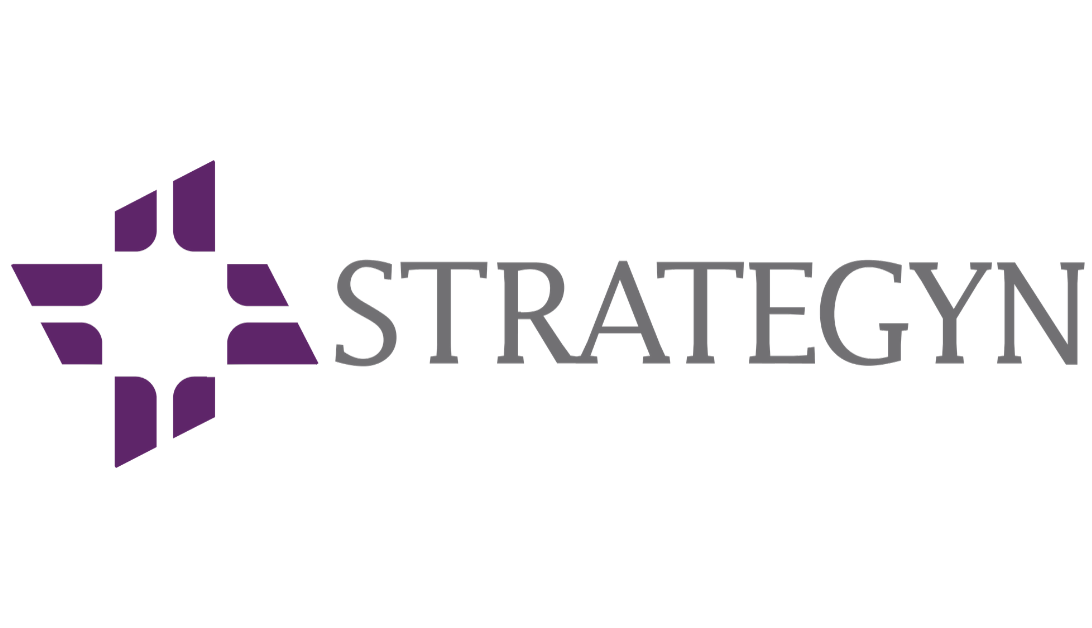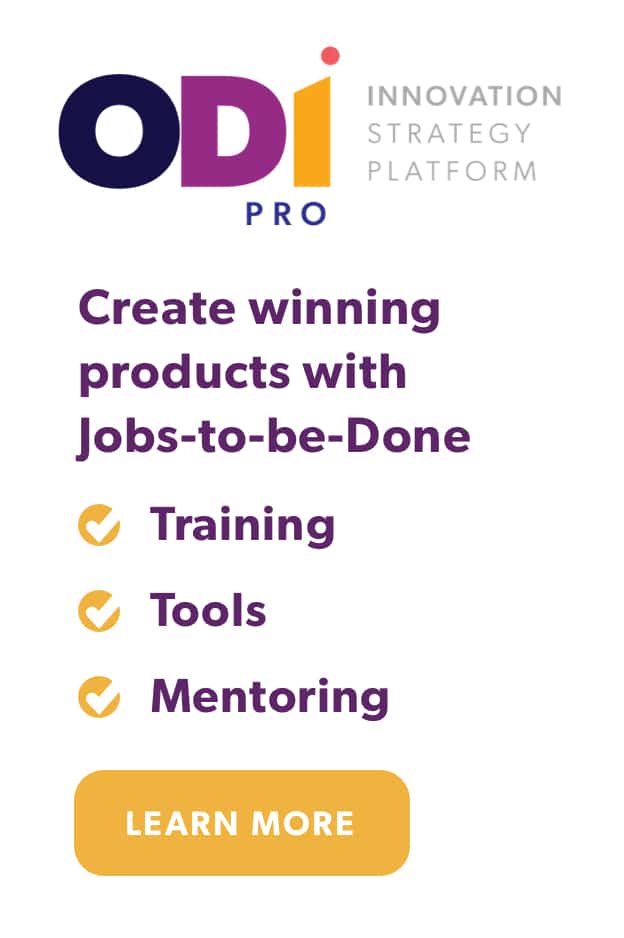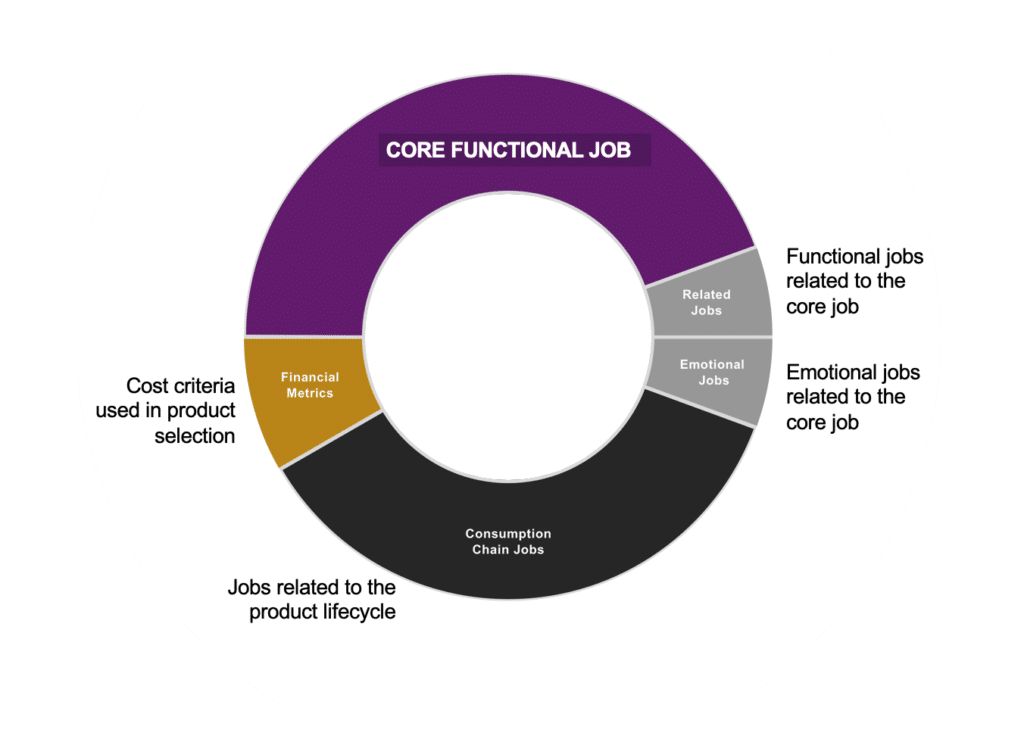People buy products and services to get a job done. The goal of innovation is to create products and services that address unmet customer needs, making it possible for customers to get the job done better. We have discovered that in any market customers use between 50 to 150 metrics to describe the successful execution of the job-to-be-done (JTBD). These metrics are the customer’s needs.
Knowing which of the customer’s 50 to 150 needs are unmet in a given market is a difficult challenge for most companies for three reasons: (1) managers don’t agree on what a customer need is, (2) they fail to capture all the customers’ needs, and (3) the methods they use to determine which are unmet are flawed.
The challenge begins because companies fail to agree on what the focus, structure, and content of a customer need statement should be. Precise inputs are required to guide innovation. As we have suggested above, the input should not be a transcription of customers’ heartfelt remarks regarding a product or service, an idea for a new solution, or a vague statement about how the product should be more reliable or easy-to-use: rather, it should be a statement that describes the successful execution of a job. (Learn more about customer needs.)
To capture all the customer’s needs, we first create what we call a job map. A job map identifies all the steps in the job-to-be-done from beginning to end. It is used as a framework to guide the collection of all the customer’s needs. With a job map in hand, we identify the metrics customers use to describe inefficiencies in each step. For those with business process improvement or a Six Sigma background, this is akin to deconstructing a business process and determining what metrics must be measured and controlled to produce a predictable output.
Lastly, opportunities for growth vary in their attractiveness. Some unmet customer needs are more important and less satisfied than others, making them better growth targets. To identify which needs are most unmet, we suggest the use of the opportunity algorithm. This formula calculates the degree to which each need is unmet and reveals those that are most unmet.
All these techniques are part of our innovation process, Outcome-Driven Innovation (ODI). ODI transforms the jobs-to-be-done innovation theory into practice, and because it reveals all the unmet customer needs, it has a success rate that is five times the industry average.



